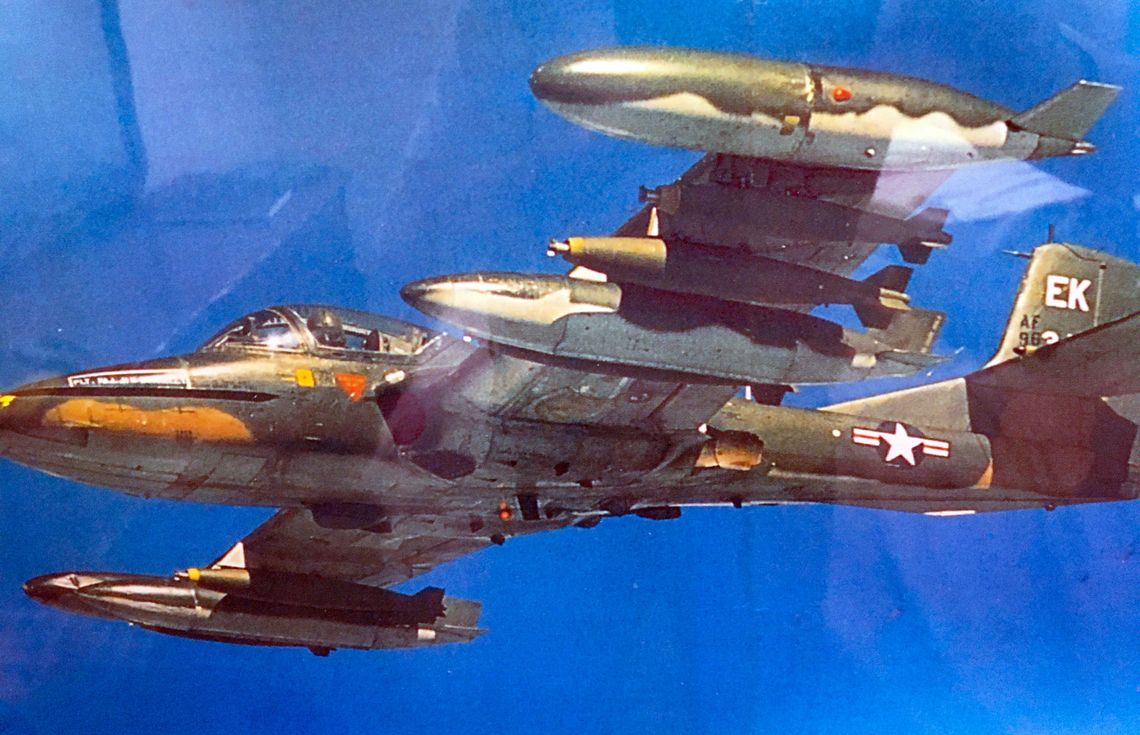During the Vietnam War, thousands of U.S. aircraft fell casualty to anti-aircraft artillery, surface-to-air missiles and fighter jet opposition. All total, it’s estimated America lost 10,000 aircraft; 3,700 airplanes, 5,607 helicopters, and 578 unmanned aerial vehicles — fortunately, Oliver “Ollie” Maier didn’t suffer that fate.
Maier’s story is unique for several reasons. At a young age — around 7 or 8 — he received a leather helmet, complete with goggles, that had been a pilot’s headgear from World War II.
From there, he often pretended to be a pilot.
PLEASE LOG IN FOR PREMIUM CONTENT. Our website requires visitors to log in to view the best local news.
Not yet a subscriber? Subscribe today!








